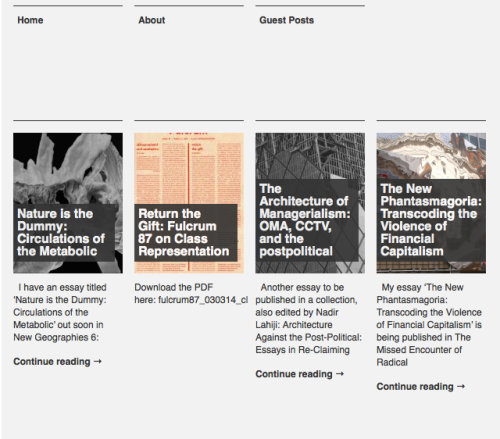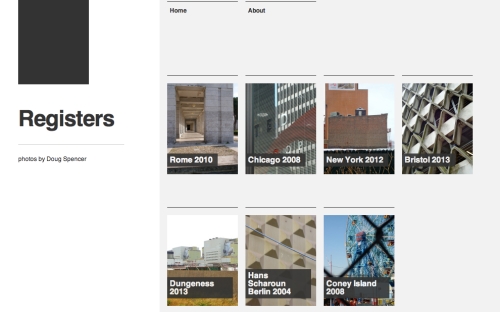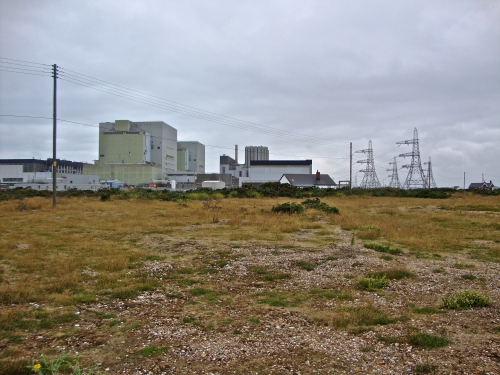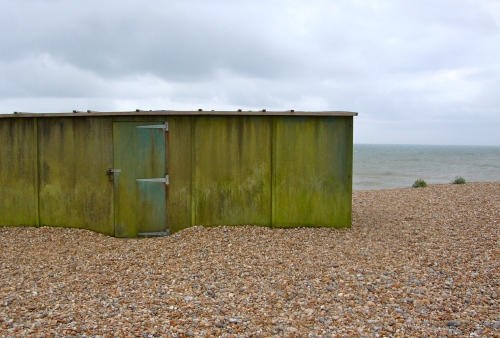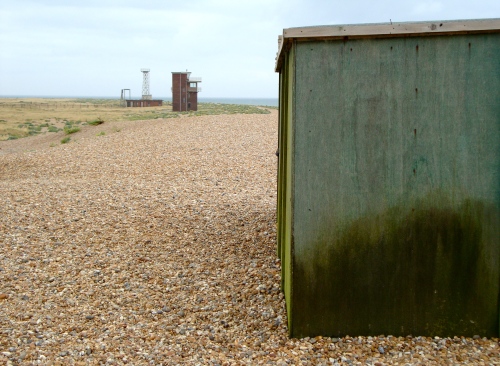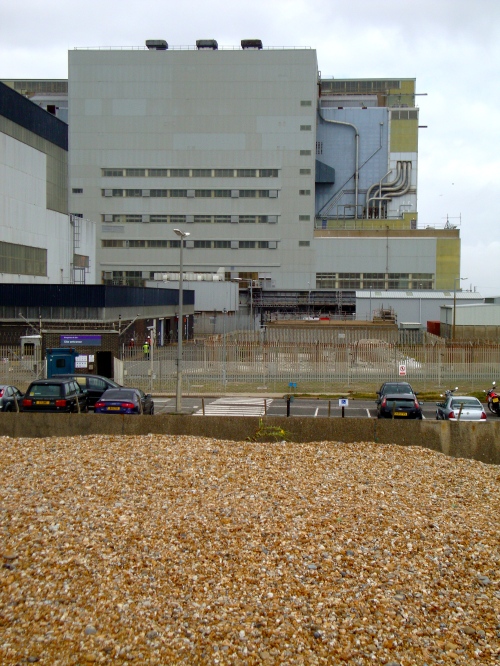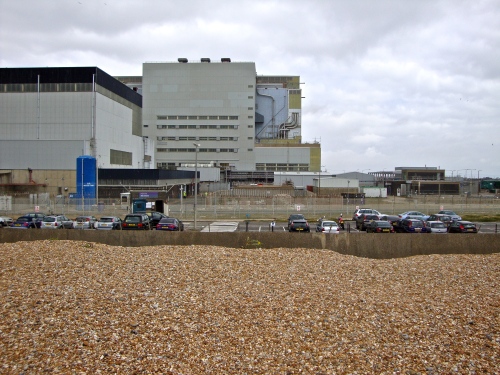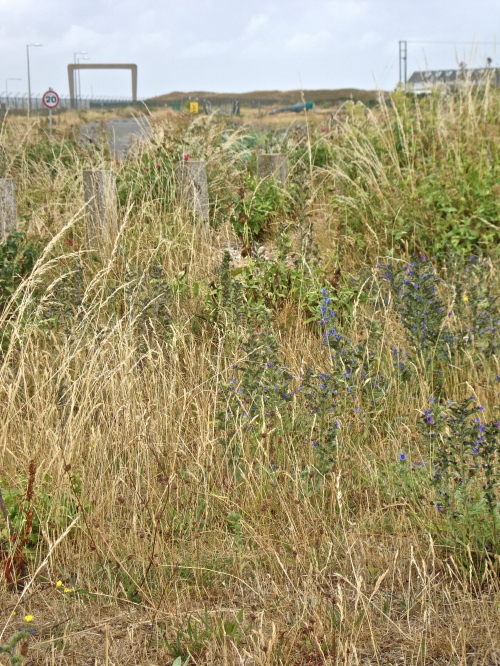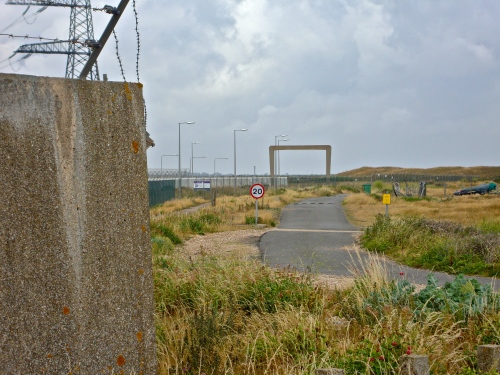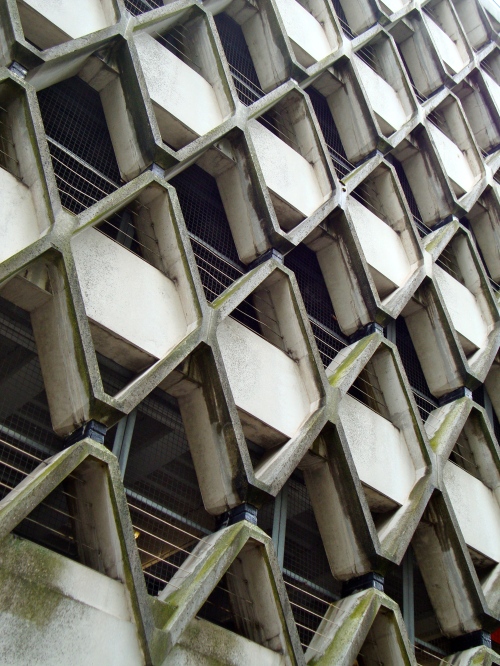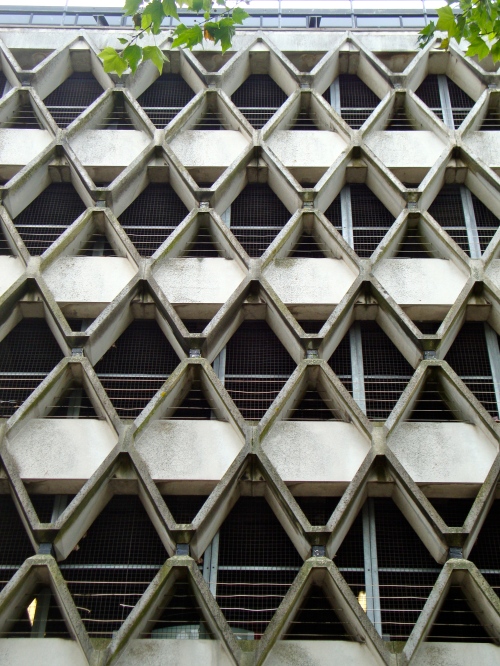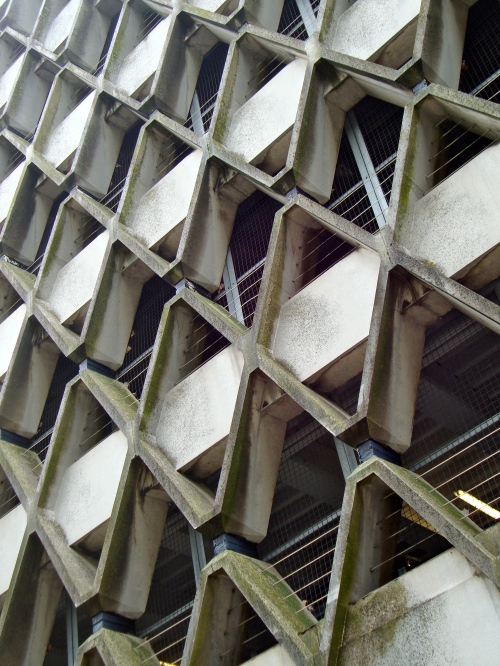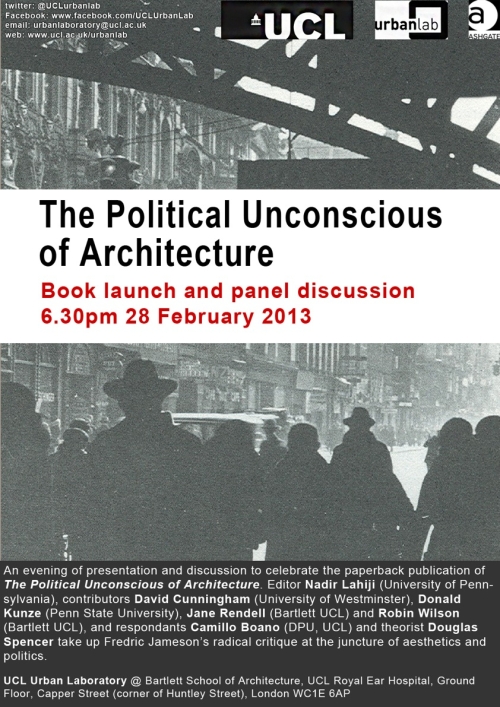This is an extract from the review I wrote for Radical Philosophy of The Political Unconscious of Architecture. I am told by the book’s editor, Nadir Lahiji, that a more affordable paperback edition is dues out shortly.Nadir Lahiji, ed, The Political Unconscious of Architecture: Re-opening Jameson’s Narrative, Ashgate, Farnham, Surrey, UK and Burlington, Vermont, USA, 2011. 344 pp., £65.00 hb., 978-1409426394.
 ‘For the title of this volume’ writes its editor, Nadir Lahiji, ‘we have invoked the novel concept that Jameson used for one of his early seminal works, The Political Unconscious, Narrative as a Socially Symbolic Act.’ Whilst acknowledging the precedence of ‘Freudo-Marxism’, Lahiji contends that Jameson’s concept of the ‘political unconscious’ remains the most trenchant, and still vital, articulation of psychoanalytic perspectives with those of class struggle. For Jameson, the ‘political unconscious’ would provide the keys to the interpretation of any historical text or cultural practice as the imaginary resolution of real social contradictions. In his own words, the methodology of the ‘political unconscious’ would lead to ‘the unmasking of cultural artifact as socially symbolic act’. Furthermore, the symbolic work of such cultural artifacts could then be grasped ‘as vital episodes in a single vast unfinished plot’; the singular Marxian narrative of all history as the history of class struggle. The interpretive strategy of the ‘political unconscious’ was concerned, therefore, with ‘restoring to the surface of the text the repressed and buried reality of this fundamental history.’
‘For the title of this volume’ writes its editor, Nadir Lahiji, ‘we have invoked the novel concept that Jameson used for one of his early seminal works, The Political Unconscious, Narrative as a Socially Symbolic Act.’ Whilst acknowledging the precedence of ‘Freudo-Marxism’, Lahiji contends that Jameson’s concept of the ‘political unconscious’ remains the most trenchant, and still vital, articulation of psychoanalytic perspectives with those of class struggle. For Jameson, the ‘political unconscious’ would provide the keys to the interpretation of any historical text or cultural practice as the imaginary resolution of real social contradictions. In his own words, the methodology of the ‘political unconscious’ would lead to ‘the unmasking of cultural artifact as socially symbolic act’. Furthermore, the symbolic work of such cultural artifacts could then be grasped ‘as vital episodes in a single vast unfinished plot’; the singular Marxian narrative of all history as the history of class struggle. The interpretive strategy of the ‘political unconscious’ was concerned, therefore, with ‘restoring to the surface of the text the repressed and buried reality of this fundamental history.’
In joining the ‘political unconscious’ to the subject of architecture, Lahiji also invokes Jameson’s longstanding and various critical engagements with that form of cultural production which is, for him, constituted more than any other by a ‘seam’ between the ‘economic organisation of society and the aesthetic production of its (spatial) art.’ We are thus returned, once more, to the scene of the philosopher’s encounter with the Bonaventure Hotel in Los Angeles — with its call for a ‘cognitive mapping’ of its hyperspatial depthlessness — to the ‘revolutionary spatiality’ of Frank Gehry’s house in Santa Monica, to the aesthetics of Peter Eisenman and Rem Koolhaas.
Lahiji argues that the earlier concept of the ‘political unconscious’ was, however, never effectively incorporated into Jameson’s subsequent writings on architecture, and that this unrealized possibility defines the rationale for the collection: it ‘explains the reason of our returning to his earlier The Political Unconscious in search for a political concept in order to underline the original intent for the present anthology. We launched on this project believing that it is now an opportune time that we allow this concept to enter the discourse and provide us with a theoretical reference in renewing the project of critique in architecture within the contemporary culture.’
This ‘project of critique’ is also understood by Lahiji to be a timely one in light of the current predominance of post-critical and post-theoretical perspectives within contemporary architectural discourse. In this respect the collection might also be understood as a contribution to an emerging counter-current in architectural criticism. The origins of this counter-current may be located in the 2007 collection Critical Architecture, edited by Jane Rendell, Jonathan Hill, Murray Fraser, and Mark Dorrian, and which featured essays by David Cunningham and Jane Rendell, who also appear in Lahiji’s volume. Other notable contribution to this revival of architectural critique would include Gail Day’s Dialectical Passions: Negations in Postwar Art Theory, of 2011, and much of the writing of Pier Vittorio Aureli.
The complete review can be found in Radical Philosophy 174
